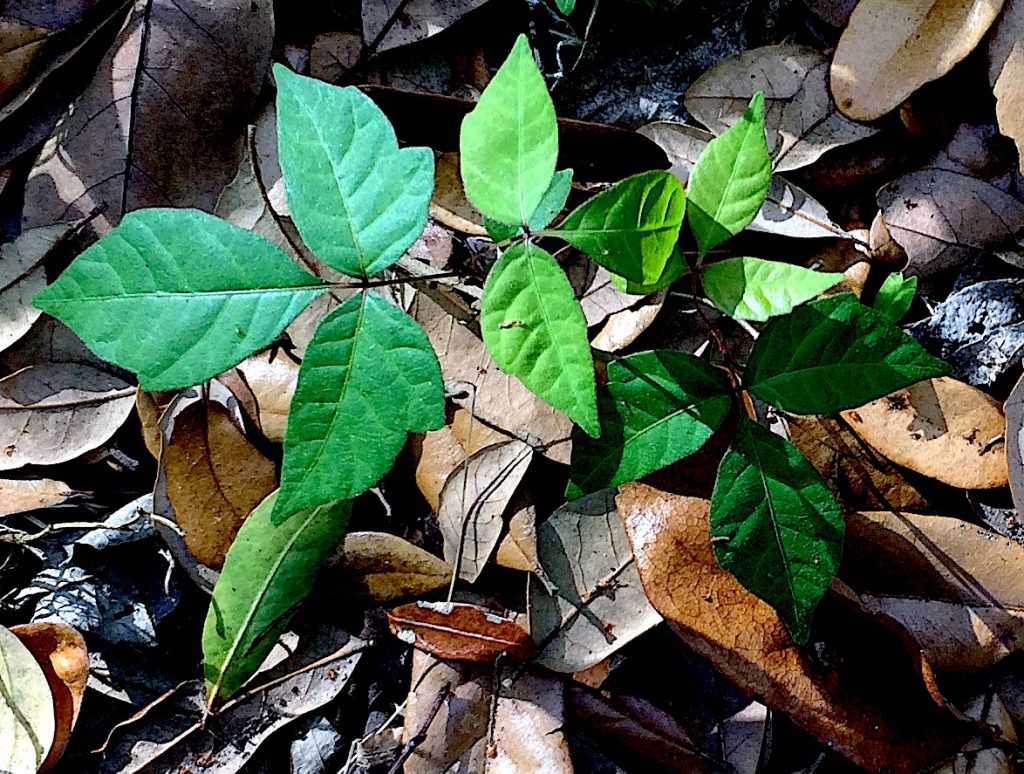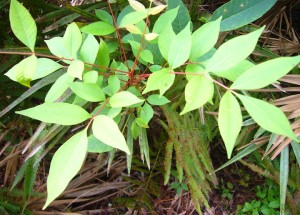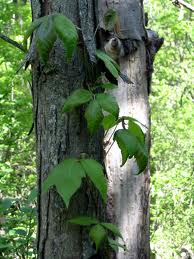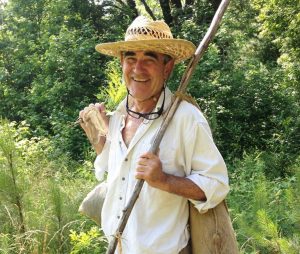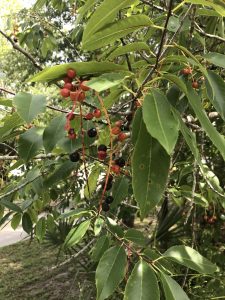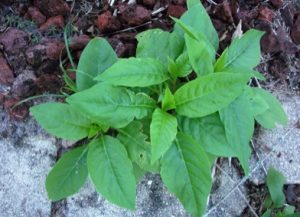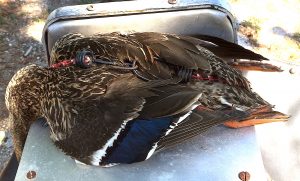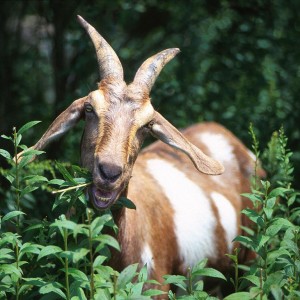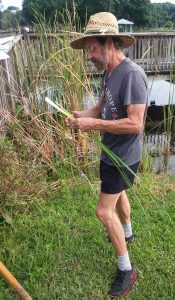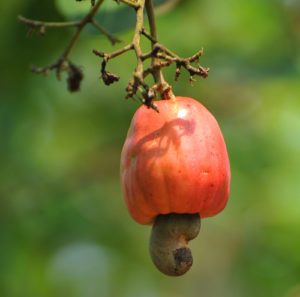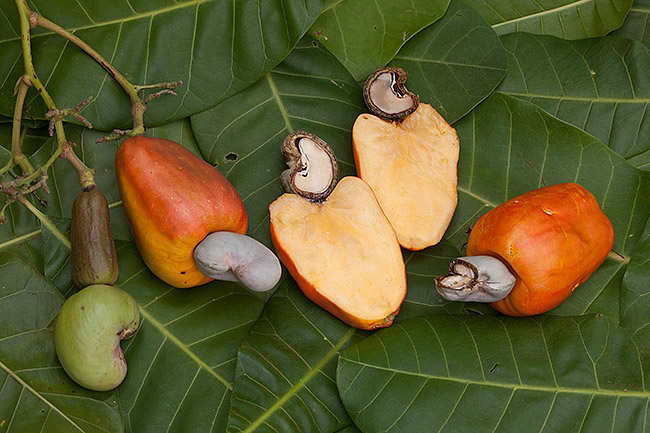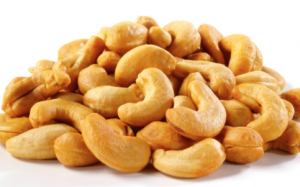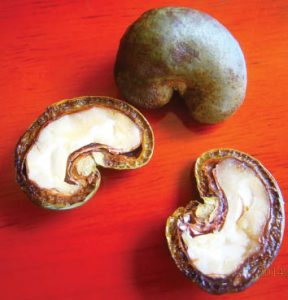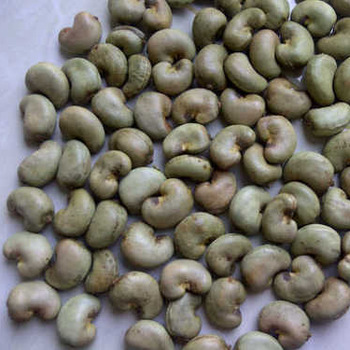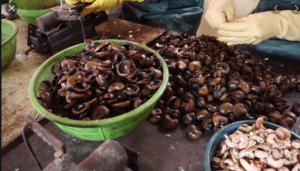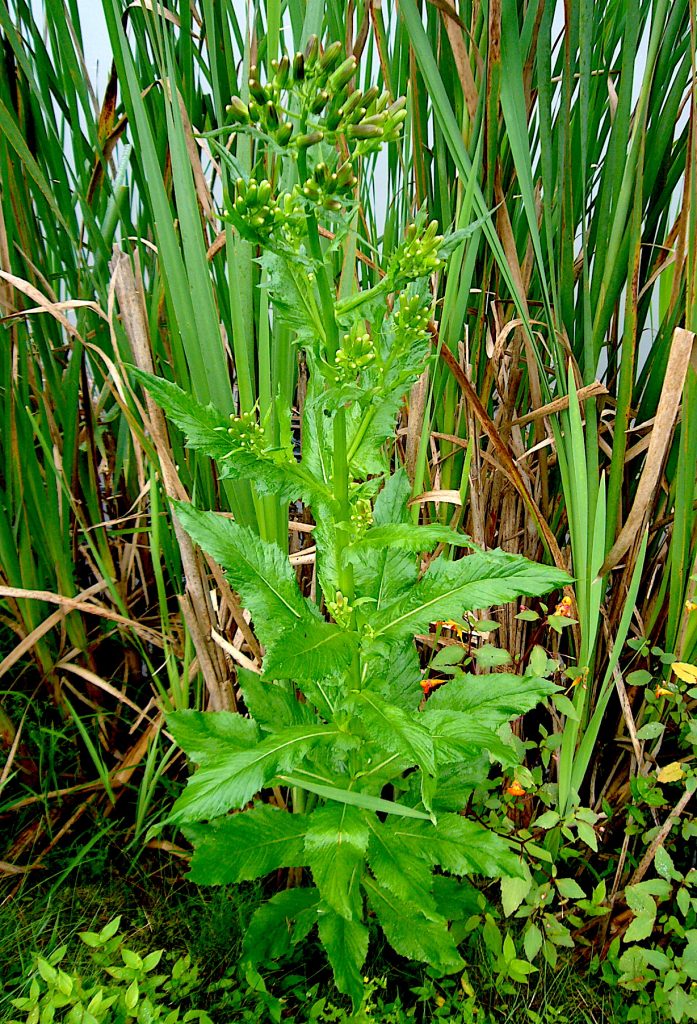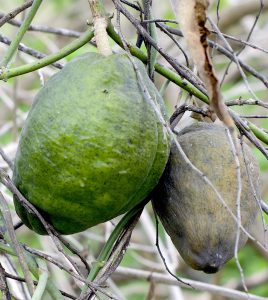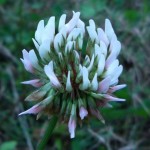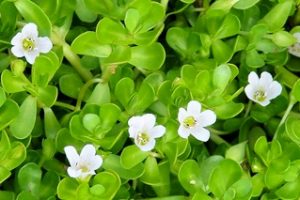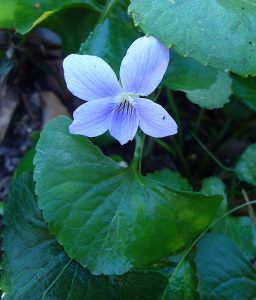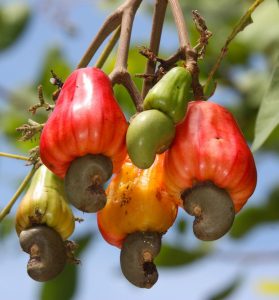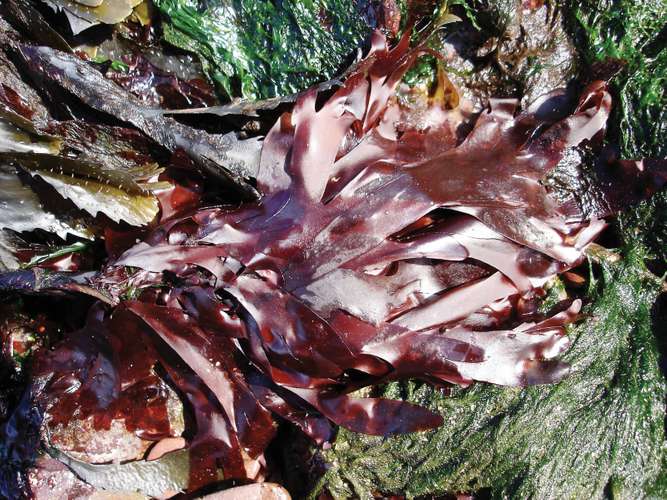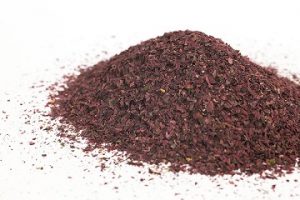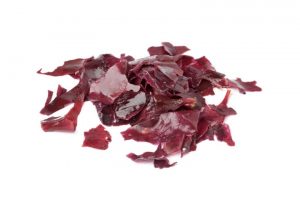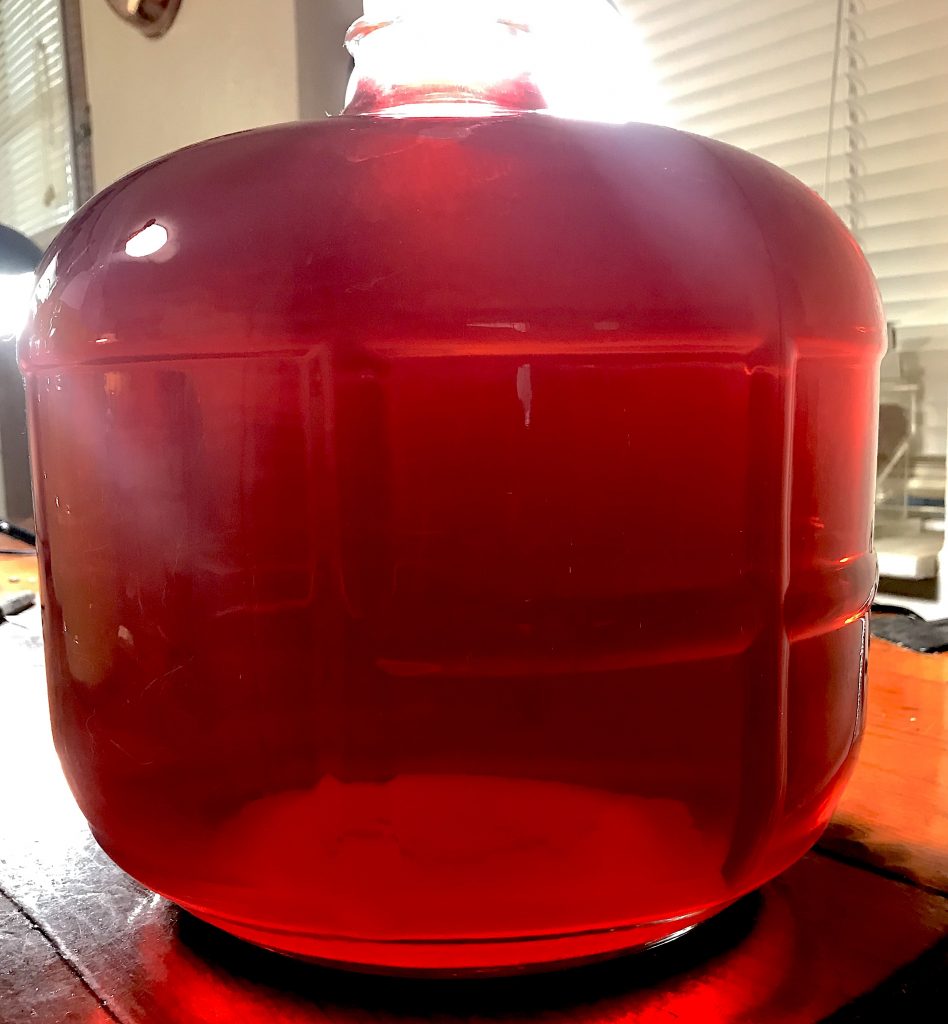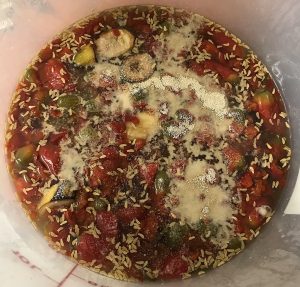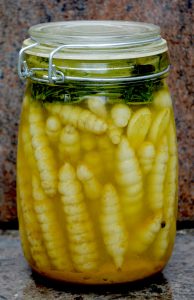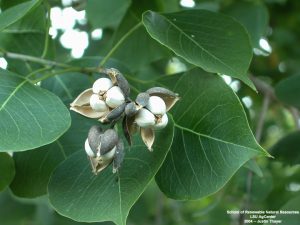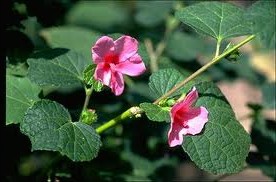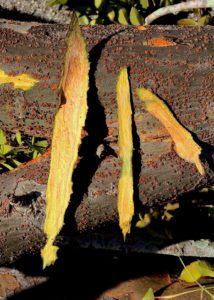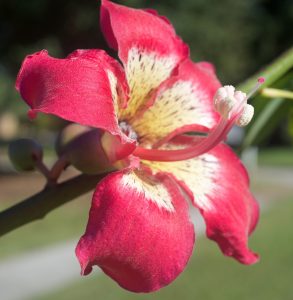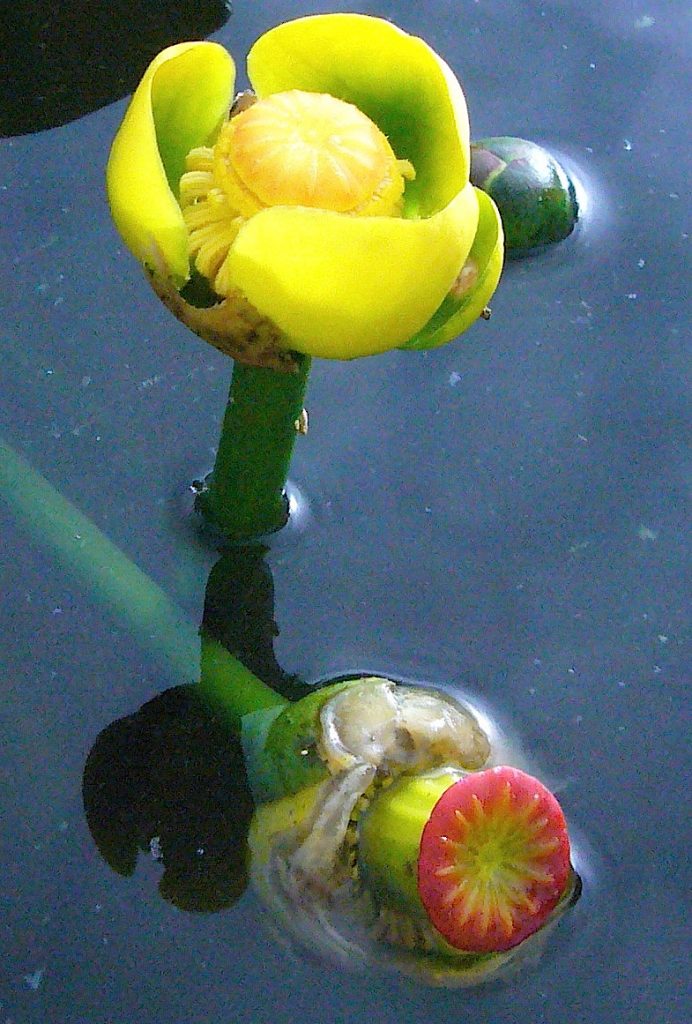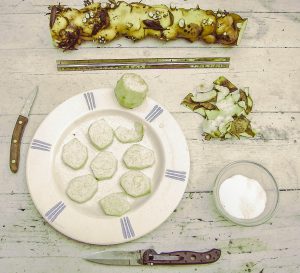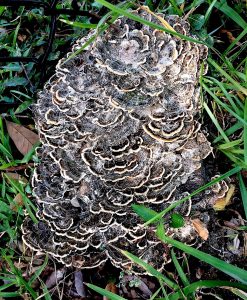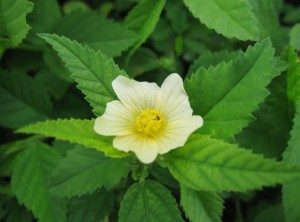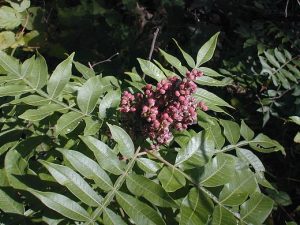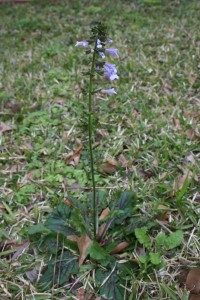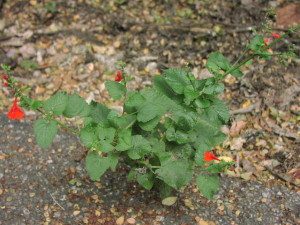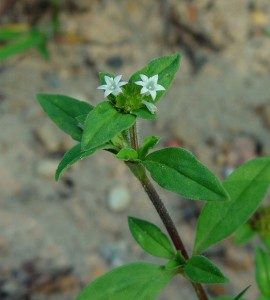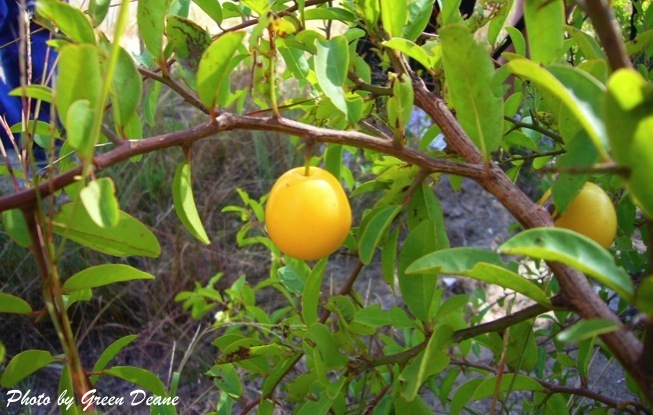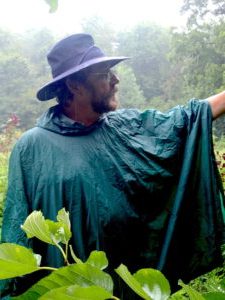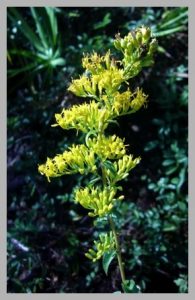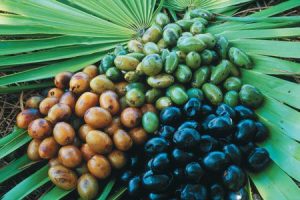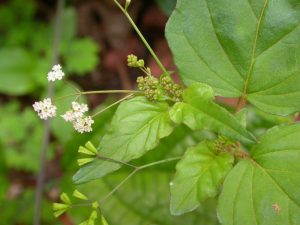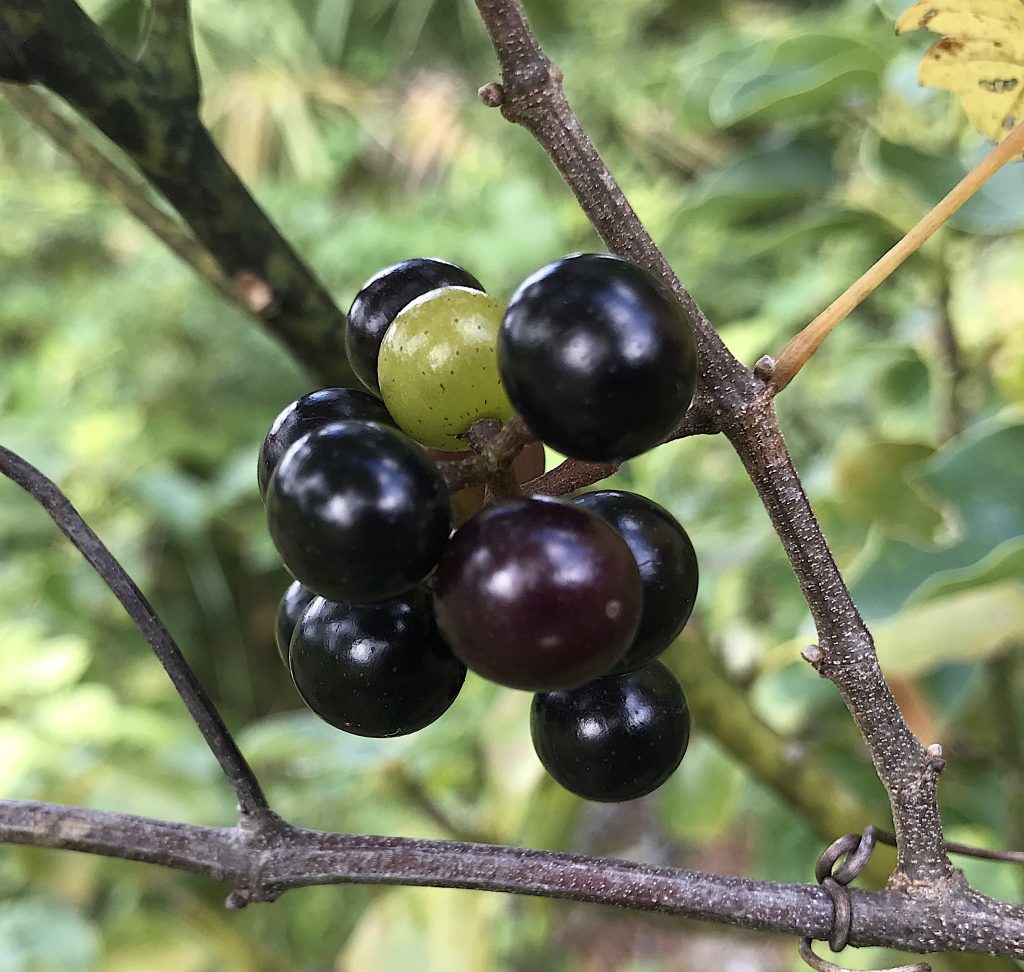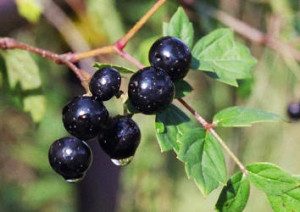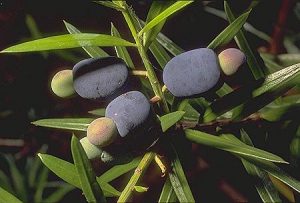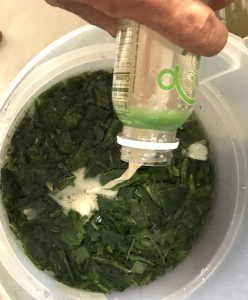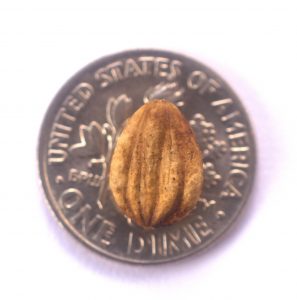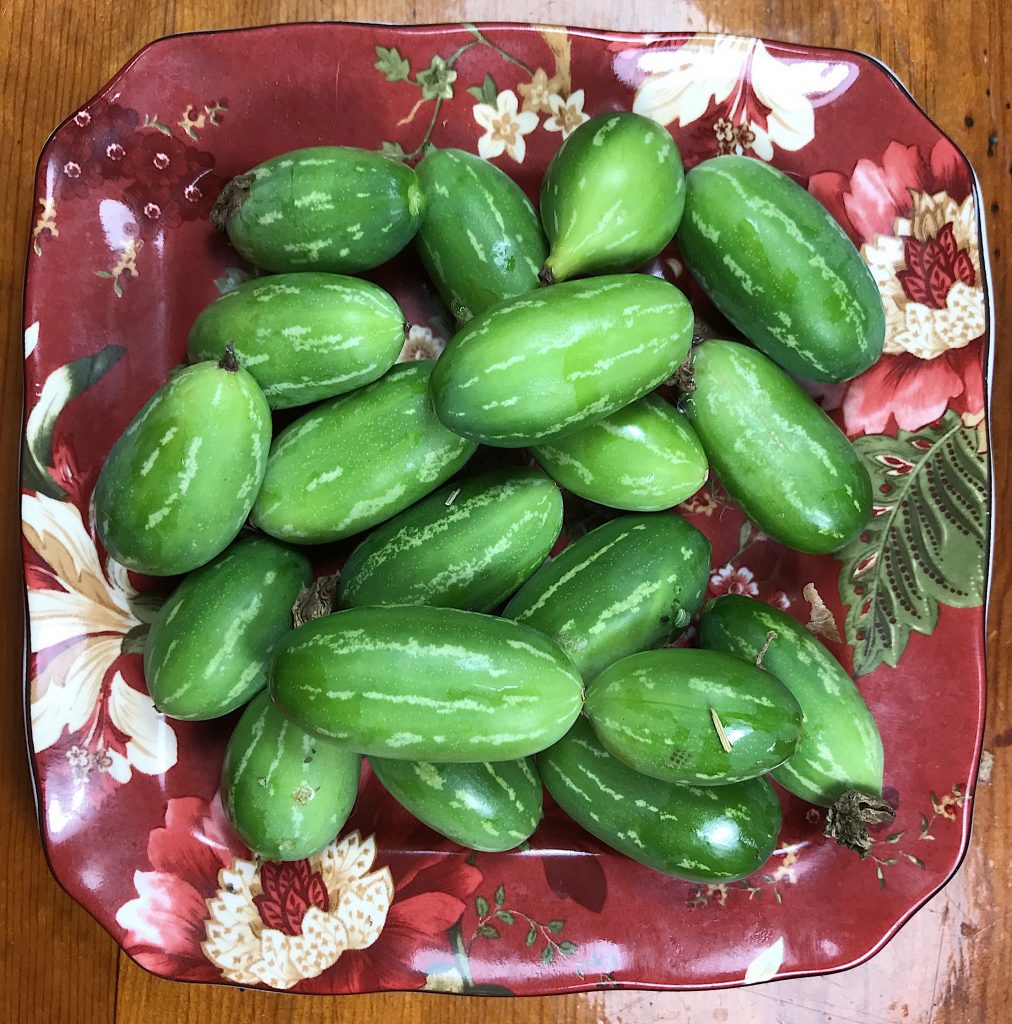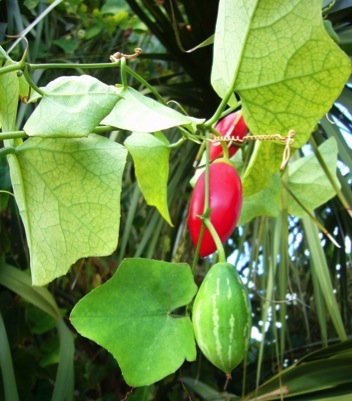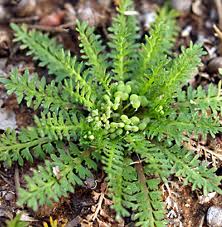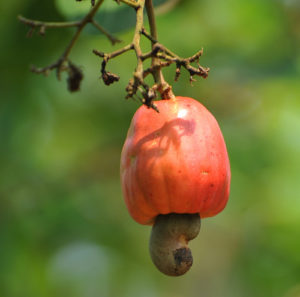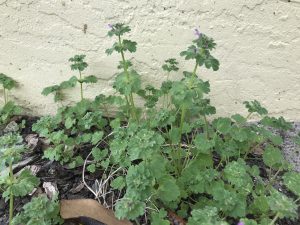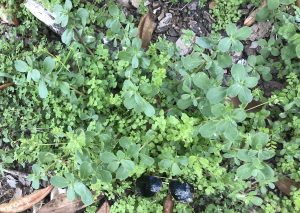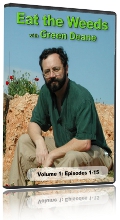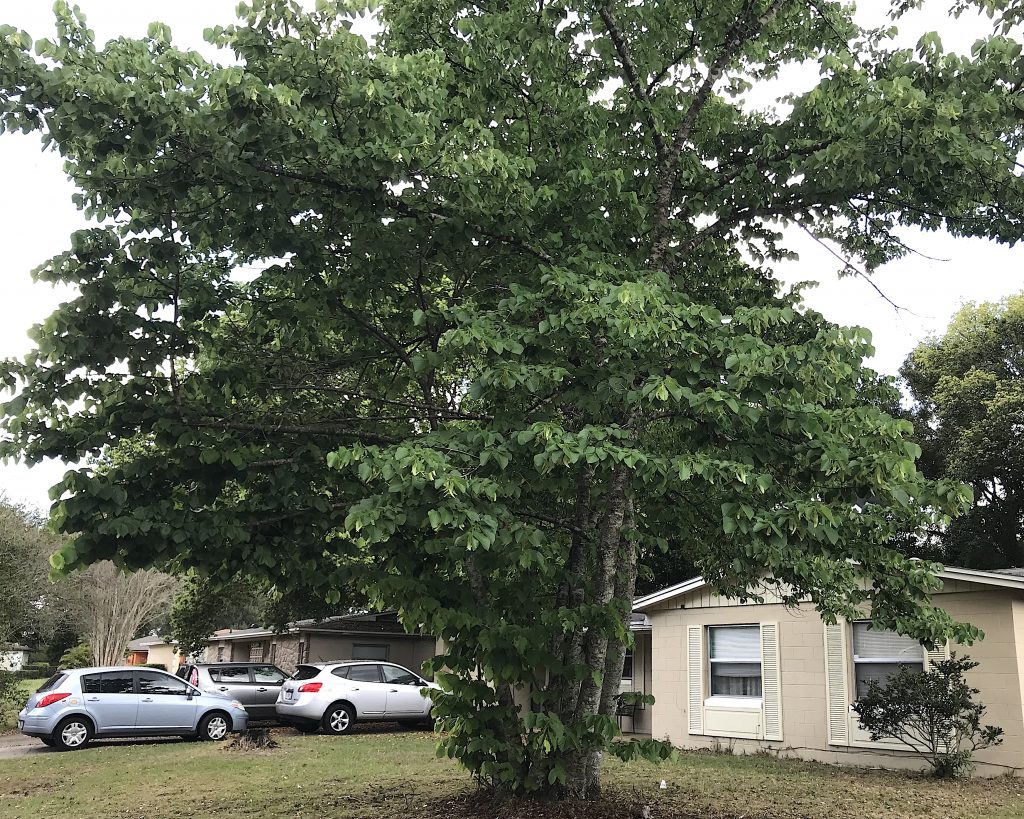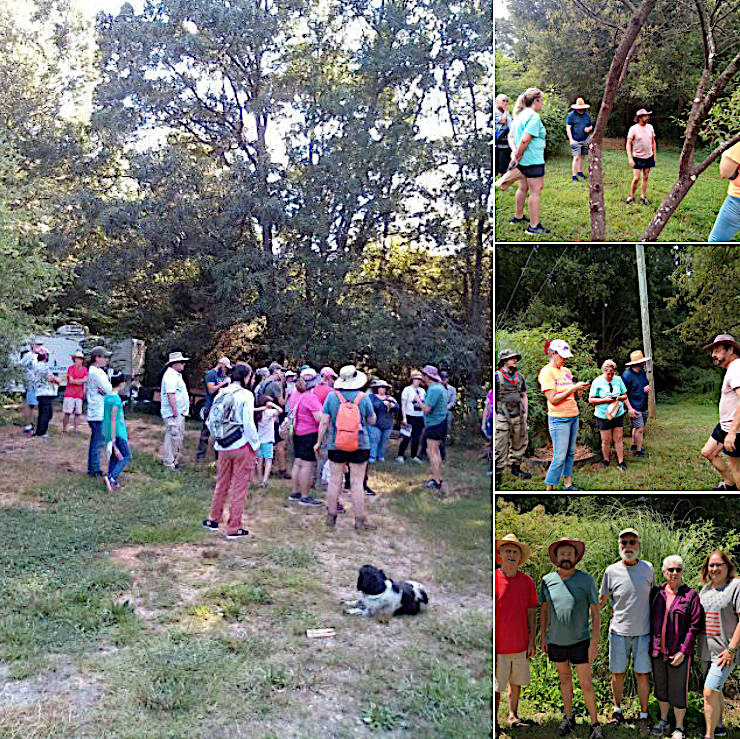
Foraging class, Honea Path, S.C. The five cousins, lower right, are Lenard, Deane, Scott, Charlotte and Cherri. Photos by Donna Horn Putney
This summer’s foraging classes at Putney Farm in Honea Path South Carolina are now history, with four this past weekend. They were so well received we will probably do a weekend of classes there in mid- or late September, weather allowing. We managed to get through the weekend without a significant storm at class time. South Carolina shares many species with Florida though one doesn’t often see them here. American Beech comes to mind. It was the favorite tree nut of my mother. Sourwood also gets to Florida, or so the maps say, but I’ve never seen it in the state. And of course there are a lot of Birches in South Carolina. The only ones I see where I live were planted. One surprise was my cousin Lenard planted a Moringa Tree... in zone 8A. Reports say with the right conditions it will survive there but is more suited to zones 9 and 10. In Central Florida the tree will easily grow 10 feet a year. Five Florida students, Brian, Derrick, Rose Ann, Tom and Valerie also attended which is dedication and for me very humbling. It’s an 8 to 10 hour drive, ten up for me, eight back. It was also a reunion of cousins, four firsts and one first removed. That doesn’t happen too often.
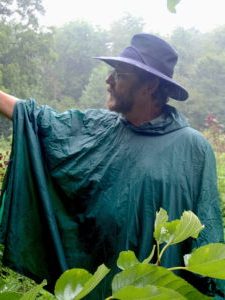
Classes are held rain or shine or cold. (Hurricanes are an exception.) Photo by Kelly Fagan.
Foraging Classes on both coasts this weekend, Sarasota Saturday and Melbourne Sunday. This time of year weather becomes a constraint on classes. So next week will be Lastrange (before too much rain, it often floods) and in mid-august West Palm Beach because long-term forcasts put a lot of storms in south Florida in late August and September.
Saturday July 24th, Red Bug Slough Preserve, 5200 Beneva Road, Sarasota, FL, 34233, 9 a.m. to noon. Meet by the parking lot.
Sunday July 25th Wickham Park: 2500 Parkway Drive, Melbourne, FL 32935-2335. Meet at the “dog park” inside the park, 9 a.m. to noon.
Saturday July 31 George LeStrange Preserve, 4911 Ralls Road, Fort Pierce, FL, 34981, 9 a.m. to noon.
Sunday August 1st, Mead Garden: 1500 S. Denning Dr., Winter Park, FL 32789. Meet at the bathrooms. 9 a.m. to noon. Entrance to the park is on Denning. Some GPS get it wrong
Saturday August 7th, Spruce Creek Park, 6250 Ridgewood Ave. Port Orange, 32127. Meet at the pavilion, 9 a.m. to noon.
Sunday August 8th, Dreher Park, 1200 Southern Blvd., West Palm Beach, 33405. 9 a.m. to noon, meet just north of the science center.
Saturday August 14th, Bayshore Live Oak Park, Bayshore Drive. Port Charlotte. 9 a.m. to noon. Meet at the parking lot in the park on Bayshore at Ganyard Street.
Bring cash on the day of class or click here to pay for your class
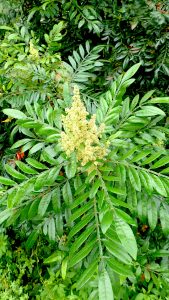
Sumacs are in blossom. Photo by Green Deane
What is that? It’s a common question locally now that Sumacs are in bloom. Their creamy terminal blossoms stand out looking somewhat exotic among the dark green foliage. The most common species here is Winged Sumac which is also one of the most widely-distributed sumac in North America. It’s found nearly everywhere though in different locales other species may dominate. Where I grew up in Maine Staghorn Sumac was the common species and grew quite tall. I see them often when I visit North Carolina, Winged Sumac in South Carolina. The key to making sure you have an edible sumac and not toxic Poison Sumac or Brazilian Pepper is the location of the blossom and subsequent fruit. Edible sumacs have terminal clusters of medium to dark red berries covered with fine hair. In this case “terminal” means they are on the very end of the branch, like the blossom on the left. Brazilian Pepper has pink berries that are further down the branch. Poison Sumac, which only grows only in wet places, has dull cream to green-cream berries also further down on the stem. To read more about Sumacs go here.
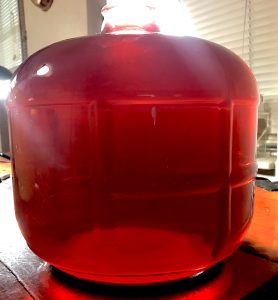
Two and a half gallons of Jambul Wine before racking. Photo by Green Deane
Country Wine Update: A country wine is usually anything other than grapes made into wine. I have made wine for literally over 60 years (with some time off for bad behavior.) My first batch was Dandelion Wine way back in the early 60’s BC (Before Computers.) My latest pitch is Cactus Pad wine as we have a lot of them around. Usually such wine is made from the “Tuna” the purple fruit of the Cactus. This is reasonable in that they are sweet and can have a raspberry flavor (don’t forget to wash off the glochids and be careful of the seeds, they can break teeth.) You could make wine out of cactus blossoms only but it would be a delicate white wine and probably would be better off as a flavoring for mead. As I am using tender young Nopales pads and aiming for a dry or semi-dry wine I decided to add a good amount of lime to see what that combination might produce. At the moment the wine is close to jelly which suggest some complex sugar molecules I did not count on. Cactus pads are edible as long as they are pads and have no white sap. White sap means you have made a mistake and have a Euphorbia. They are toxic. Still fermenting in my one-room winery is St. John’s Mint Wine. I have decided to put that in seven-ounce bottles so I have a couple of dozen I can share with future classes. The biggest problem to making wine is finding bottles to put it in.
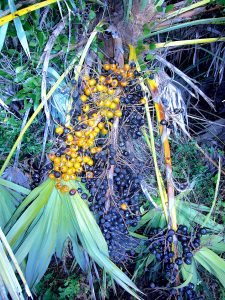
Soon most Saw Palmetto Berries will be turning gold then black.
As we are approaching August Saw Palmetto Berries are turning from green to gold. In another month they will be black and edible (so to speak.) Many folks find the flavor of Saw Palmetto berries revolting. I am not sure they are an “acquired” taste or a tolerated one. You will either be able to eat them or not. Basically they tastes like vomit. To be a little more gracious they taste like intense blue cheese with some burning hot pepper tossed in. Once you get used to them they are… endurable. But if you were hungry you would crave them in that they have all the amino acids humans need to be healthy. They are good for you even if you don’t like them. As with some fruit — Durian for example — the smell is enough to dissuade many people from eating them. Saw Palmetto berries will be ripening for the next month or so thus you have plenty of time to try one.

Green Deane videos are now available on a USB.
My nine-DVD set of 135 videos has been phased out and replaced by a 150-video USB. The USB videos are the same videos I have on You Tube. Some people like to have their own copy. The USB videos have to be copied to your computer to play. If you want to order the USB go to the DVD/USB order button on the top right of this page. That will take you to an order form. I’d like to thank all of you who ordered the DVD set over the years which required me to burn over 5,000 DVDs individually.

Green Deane Forum
Want to identify a plant? Perhaps you’re looking for a foraging reference? You might have a UFO, an Unidentified Flowering Object, you want identified. On the Green Deane Forum we — including Green Deane and others from around the world — chat about foraging all year. And it’s not just about warm-weather plants or just North American flora. Many nations share common weeds so there’s a lot to talk. There’s also more than weeds. The reference section has information for foraging around the world. There are also articles on food preservation, and forgotten skills from making bows to fermenting food. 
Your donations to upgrade the EatTheWeeds website and fund a book were appreciated. A book manuscript has been turned it. It had 425 articles, 1326 plants and a third of a million words. What it will be when the publisher is done with it next year is unknown. It will be published in the spring of 2023. Writing it took a significant chunk of time out of my life from which I have still not recovered. (Many things got put off.) The next phase is to update all the content on the website between now and publication date. Also note as it states above the 135-video DVD set has been phased out for 150-video USB. Times and formats change. Which reminds me I need to revisit many plants and make some new videos.
This is weekly newsletter #466. If you want to subscribe to this free newsletter you can find the sign-up form in the menu at the top of the page.
To donate to the Green Deane Newsletter click here.

